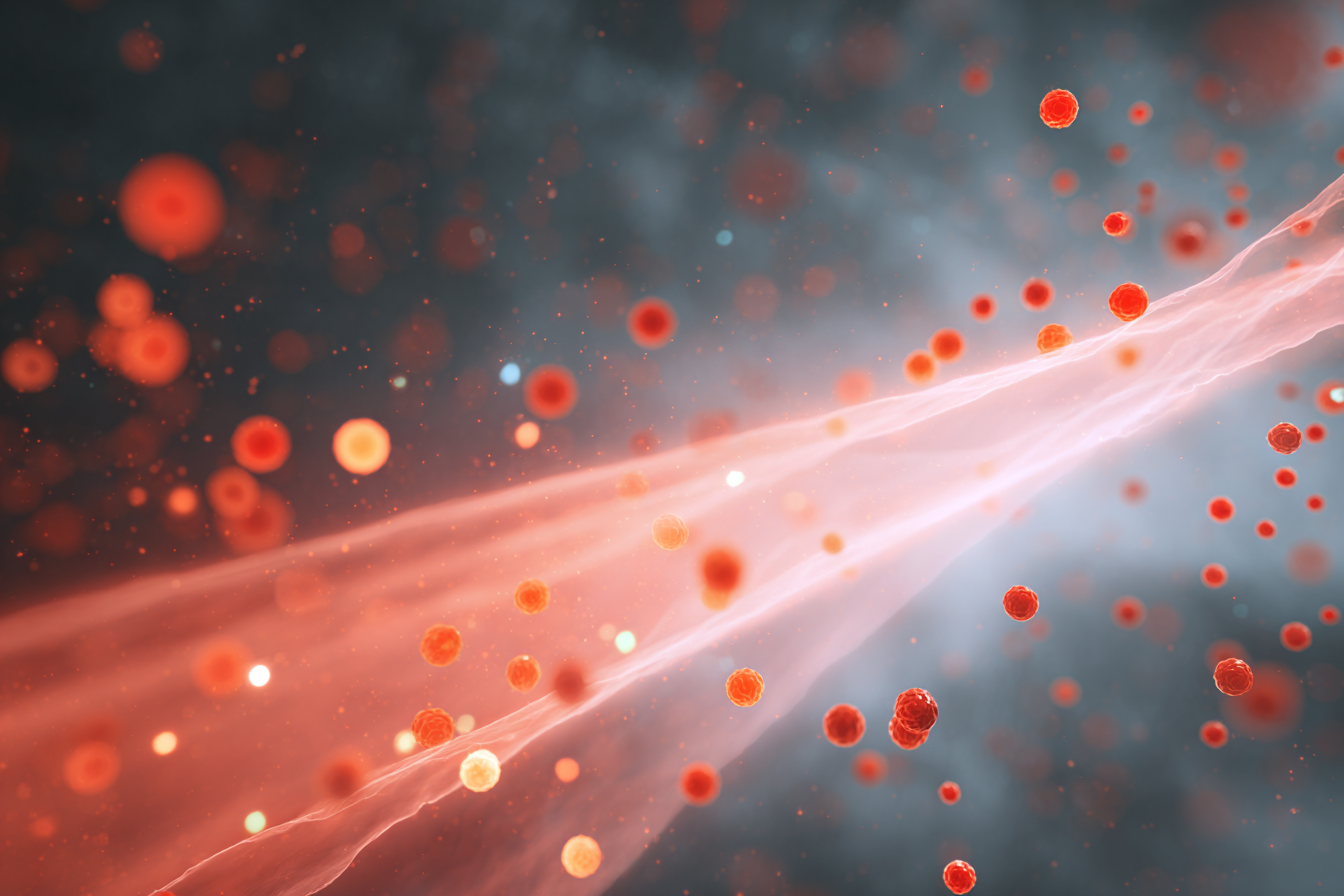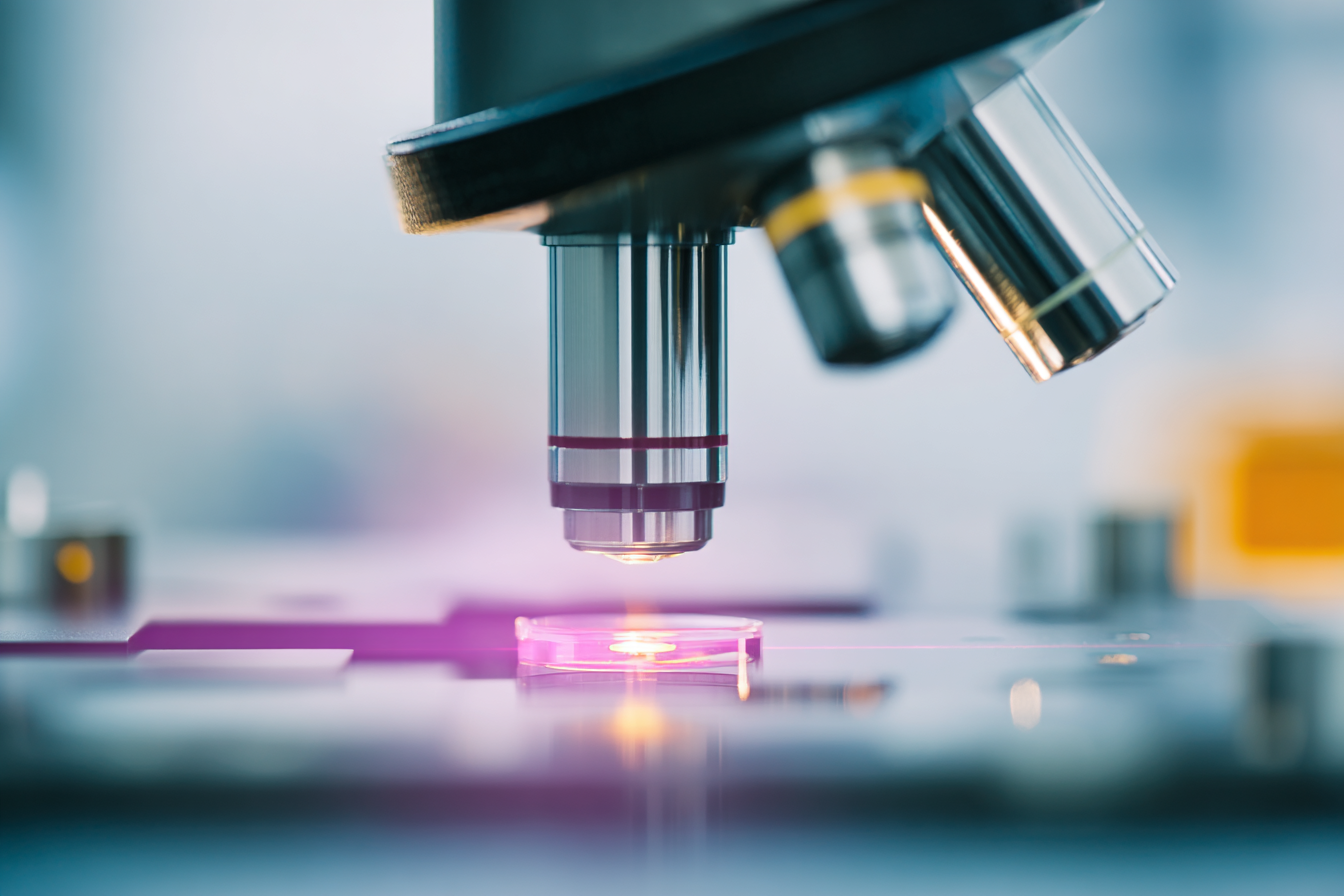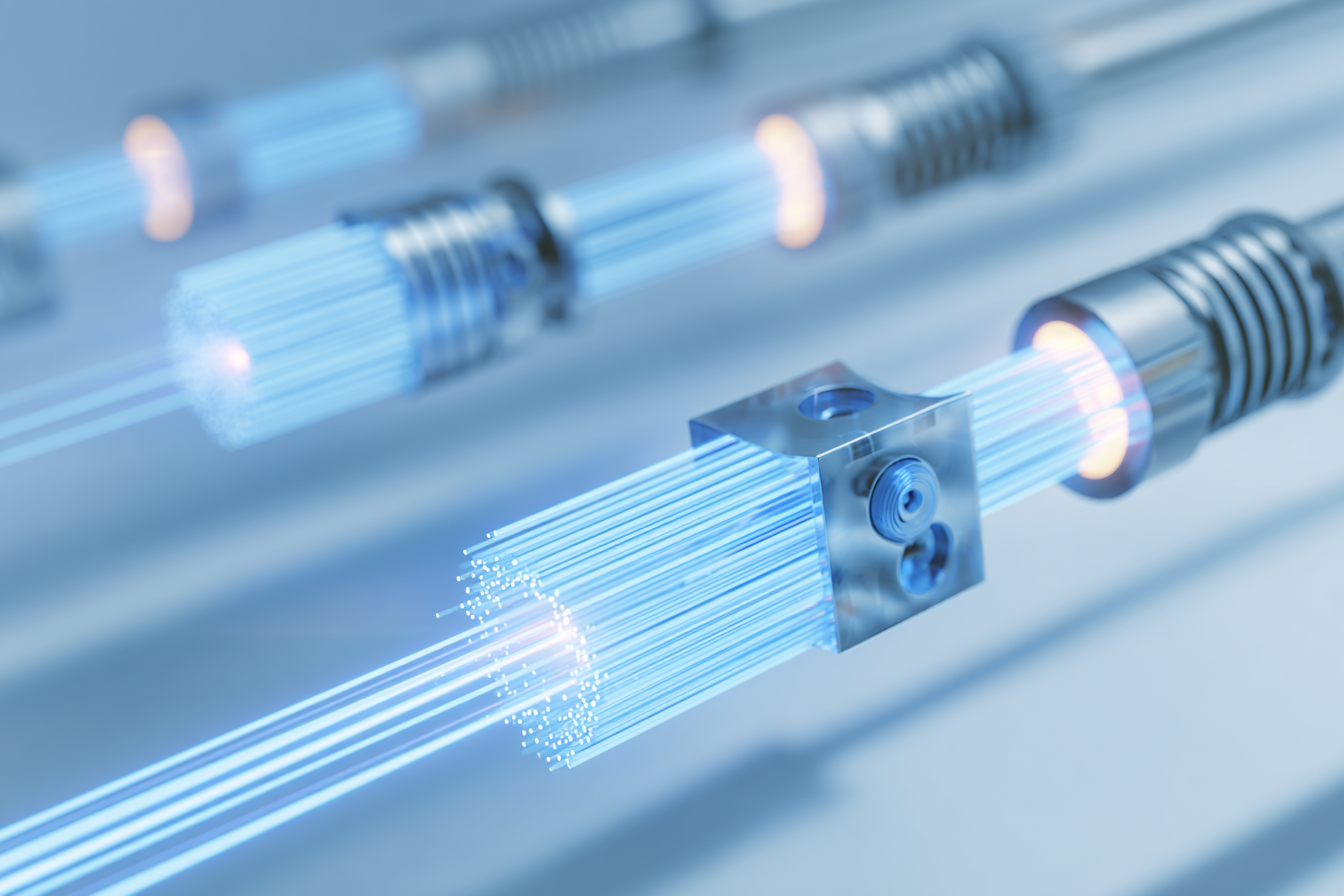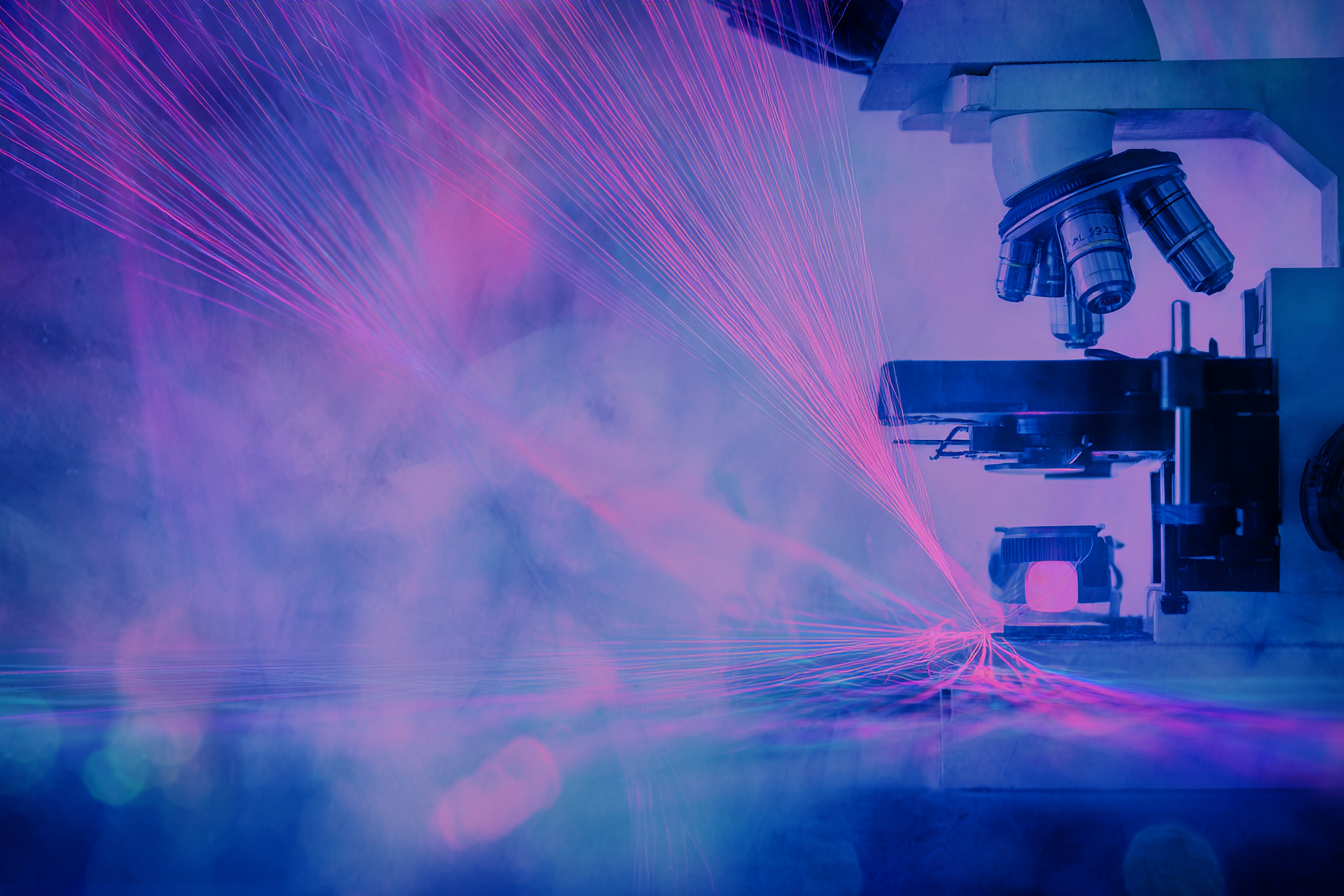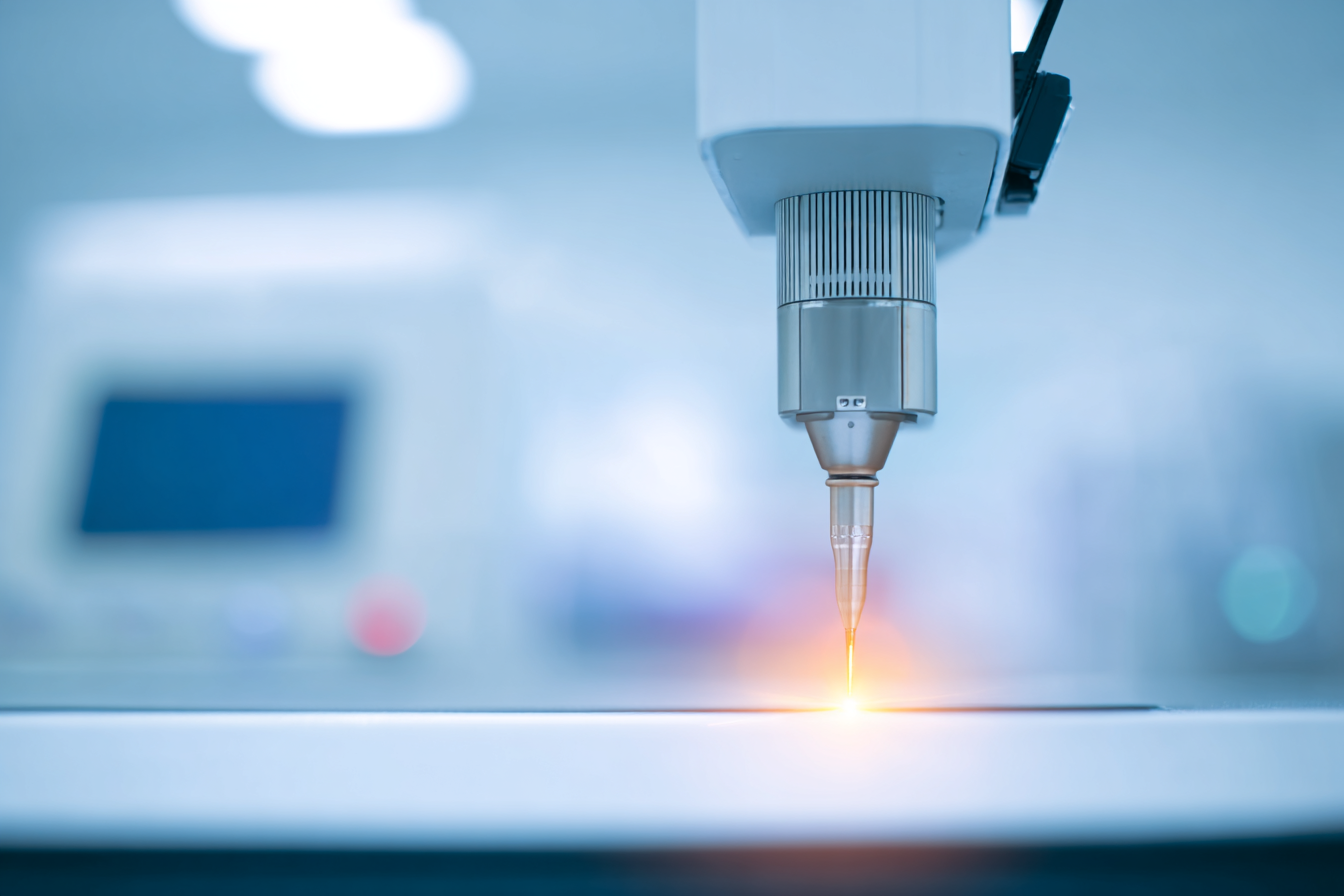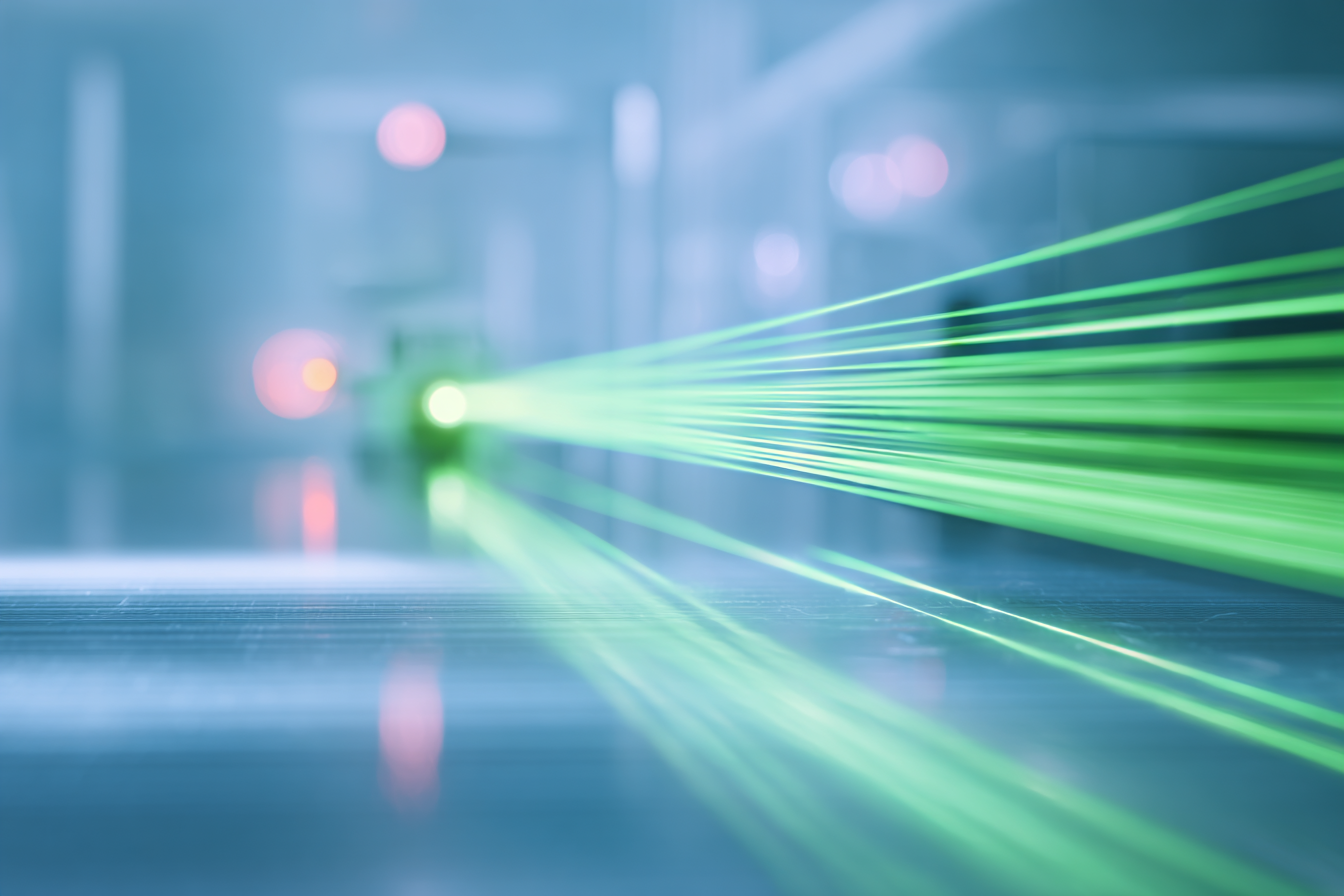Overview of fiber lasers
Fiber lasers have evolved over the last years, becoming a significant force in manufacturing and high technology.
Fiber laser technology continues to expand its limits across various applications. High-power lasers transform the machining industry and economy, while low-power, highly accurate fiber lasers are used in medicine, biotech, and physical sciences.
The popularity of fiber lasers is due to their benefits, such as reliability, usability, and operational stability.
What is multiphoton microscopy?
Multiphoton microscopy is a laser scanning microscopy method. It uses as few as two or three photons combined to generate high-resolution 3D images of microscopic samples.
Applications in biological sciences
Laser microscopy has become an instrument in material studies. It is mostly applied in biological sciences and tissue engineering. Scientists use it to image living biological tissues at different scales, from molecular levels to the whole organism.
During experiments, multiphoton microscopy (MPM) provides accurate measurements of biological activities. Procedures can last from seconds to months, which may cause discomfort for patients. Minimal invasion is crucial while providing precise results.
This far-field imaging is developing rapidly and requires advanced fiber lasers. Further progress will expand multiphoton microscopy capabilities to observe biological processes in deep tissue layers with minimal damage.
Fiber laser systems in multiphoton microscopy
Fiber lasers are essential for multiphoton microscopy. Compared to conventional lasers, fiber laser modules have several advantages.
Advantages of fiber lasers
Without a separate optical medium for beam delivery, fiber lasers are more stable and easier to maintain, offering high optical gain.
Compared to traditional CO2 lasers, fiber lasers have higher power conversion rates and are energy efficient.
The highly focused narrow beam allows fiber laser modules to be applied in complex designs requiring high precision.
Fiber lasers have no moving parts that require regular maintenance.
Fiber laser systems can be more expensive than other lasers. However, their advantages reduce ownership costs. Lower maintenance and reduced power requirements also help lower operating costs.
Applications of fiber laser systems in multiphoton microscopy
Due to modern fiber lasers’ abilities, the technology continues to develop and explore its limits.
Multiphoton microscopy is applied in many medical and biological fields.
Fiber lasers for oncology
Multiphoton microscopy is an effective imaging tool for detecting malignancy. It can help specialists evaluate bladder tissue in real time. Along with bladder cancer, it is also used for prostate cancer evaluation. This procedure uses fiber lasers and requires preliminary analysis.
Fiber laser systems for immunology
Multiphoton microscopy images cells in vivo effectively, requiring precise fiber lasers that create contrast in scattering tissue while reducing phototoxicity and photobleaching. Immunology benefits from this technique, for example, through intravital imaging of leukocytes at the single-cell level.
Tracking cell migration, cell interactions, and intracellular signaling has become possible due to modern multiphoton microscopy. Previously limited to specialized labs, this technique is now widely available.
Fiber lasers for neuroscience
Multiphoton excitation with fiber laser pulses allows high-resolution imaging. With the growing role of microscopy, fiber lasers have proven to be highly suitable.
Neuroscience is a modern research area. Specialists study neuronal networks to understand brain pathologies and develop treatments for neurodegenerative diseases. Scientists can now analyze brain activity during visual tasks and operations. Observing brain function is necessary for understanding pathological conditions.
Deep brain imaging supports these studies. Designing fiber lasers requires considering factors like proper volume. Greater depth can reduce image quality. Fiber lasers are suitable for neuroscience due to their power scalability.
Laser modules for spermatogenesis
Multiphoton microscopy enables visualization of biological processes in live tissues. For spermatogenesis, it uses fiber lasers to visualize all tubules, with and without sperm.
Recent developments have allowed this sperm extraction technology to replace conventional testis biopsies. Specialists continue to improve it. Tubule retrieval now relies on appearance, and multiphoton microscopy may further enhance real-time visualization for clinical use.
Overall, fiber laser systems are suitable and effective for multiphoton microscopy, expanding the boundaries of science and medicine. Multiphoton microscopy with fiber lasers supports treatment development for diseases like epilepsy and Parkinson’s.

